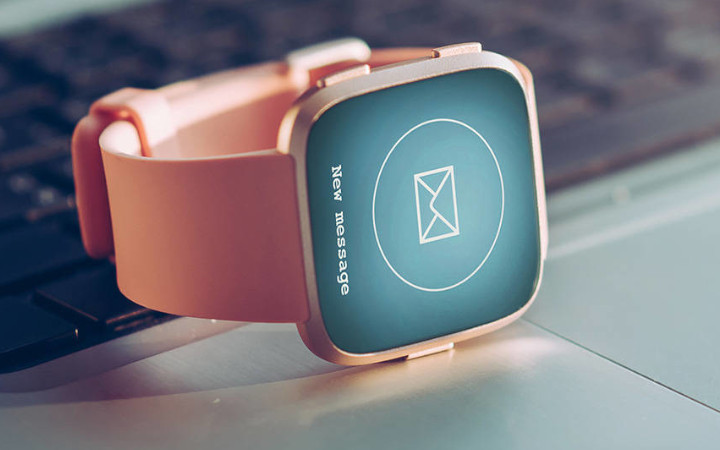In today's world, we are surrounded by electronic devices that make our lives easier and more convenient. However, there are still many non-electronic devices that we use every day that are just as important. In this article, we will explore the world of non-electronic devices and their importance in our daily lives.
Firstly, let's define what we mean by non-electronic devices. These are tools or instruments that do not require electricity or any other form of power to function. They can be made of various materials such as wood, metal, plastic, or even natural materials like stone or bone.
One of the most common non-electronic devices is the hammer. This simple tool has been used for centuries to drive nails into wood or other materials. Another common device is the screwdriver, which is used to tighten or loosen screws. Both of these tools are essential for any DIY project or home repair.
Moving on to the kitchen, we have a wide range of non-electronic devices that we use every day. These include knives, spoons, forks, and other utensils. We also have pots, pans, and other cookware that are essential for cooking and preparing food.
In the medical field, non-electronic devices are also crucial. Stethoscopes, for example, are used by doctors to listen to a patient's heartbeat and breathing. Thermometers are used to measure body temperature, and blood pressure cuffs are used to measure blood pressure.
In the world of sports and recreation, non-electronic devices are also prevalent. Bicycles, for example, are a popular mode of transportation that does not require any electricity. Fishing rods, tennis rackets, and golf clubs are also non-electronic devices that are used for leisure activities.
In conclusion, non-electronic devices are an essential part of our daily lives. From hammers and screwdrivers to stethoscopes and bicycles, these tools and instruments are used in various industries and fields. While electronic devices may be more prevalent in today's world, non-electronic devices are still just as important and will continue to be used for many years to come.

